By Graham Earl
Words of wisdom from one who knows
(Note that none of the photos herein should be misconstrued as to being a replicar; they represent Bizzarrinis in various forms.)
My first encounter with Bizzarrini was as a student in London in the late 1970s. I was walking home along the A316 at Richmond one afternoon, vaguely noticing the busy rush-hour traffic hustling along the two-lane road. There was an old car repair shop on this road, and for a couple of weeks, I had been intrigued by a Fiat 2300 Ghia Coupe which had been languishing on the forecourt waiting for attention.
Suddenly my attention was grabbed by a noise unlike that emanating from any of the massed ranks of black cabs, Ford Cortinas, Morris Marinas, Minis and the fat cats in their XJ6s and Silver Shadows. There, among the uniformly dull tin boxes conveying their bored and irritated occupants home from their day in the office was a low, wide, and very loud Bizzarrini Strada. Pale metallic blue, and looking like nothing else I had ever seen; it stood out from the crowd as surely as the metallic emerald green Espada with a full glazed roof and white leather interior which had left such an impression on me in the Baker Street traffic a few years earlier. You know what they say about first impressions? Clearly, to have such vivid memories of these cars more than three and a half decades later, they certainly left an impression on me.
Even to a casual observer it was apparent that the car was far from run-of-the-mill, not just because it was a dramatic-looking and sounding sports car, but because it was obviously from a different age; not of the late 1970s. It was a dinosaur – like a predatory T. Rex – and yet it would not have been fifteen years old at the time. That’s nothing. Think Lamborghini Diablos and Ferrari 355s – both obsolete and superseded by more recent models, but not from a different age. Not obviously classic or vintage, and yet that’s how that first Bizzarrini looked to me.
The next one I saw was just as exciting. It was in May 1986, and I was in Italy for the Mille Miglia. On my way to Brescia I had diverted to Turin, where the Italian Motor Show was being held at the old Fiat factory at Lingotto. As I walked along a back street towards the show I heard an unimaginably loud engine being worked quite hard a couple of blocks away. The noise grew louder, and as I was speculating what it may be, a dark red Strada flew round the corner into the street, blasted past me and disappeared without trace. Again, I was stunned by this amazing and enigmatic machine. Of course, I had read plenty about the subject, but seeing these cars was still an infrequent (and so far, brief) happening. In later years I would become much more familiar with Giotto’s creations, eventually buying and selling several examples.
Replicas and Nightmares
By the time I joined one of London’s auction houses, I had encountered plenty of Stradas, both on the race tracks and in dealers’ showrooms, and was pretty au fait with them. So, when a particular “Bizzarrini” was consigned to one of our auctions, I was the so-called in-house expert on the car, for anyone who wanted to know about it.
The car was awful, and certainly not built by Bizzarrini. This was a hideous replica, which failed to sell, and remained for sale for a long time afterwards. Information which has come to light more recently suggests that the car was built in America. Since then, this replication has become a growing problem.
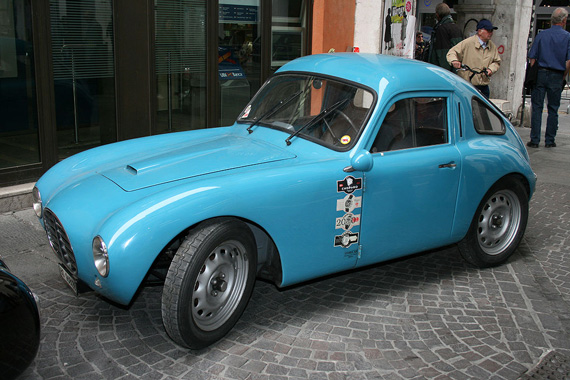
The Bizzarrini 500 was originally a Topolino 500 with barchetta body. Bizzarini made it a couple and drove it for years. Photo by Hugues Vanhoolandt
Essentially, a Bizzarrini is a fairly easy car to copy. If one has access to an original car, the floor pressings and structural parts can be readily replicated by a competent sheet metal worker. As some cars had fiberglass bodies, a reproduction in this material is both easy and, apparently, a legitimate medium to use. Of course, a fiberglass body would also much cheaper to make than an aluminum one would be. Engine and mechanicals are readily available, and cheap, so a large proportion of the car can be built for minimal cost and difficulty.
I found one such car in Belgium. I had gone to this establishment to look at a different car, but there in the yard was a Bizzarrini Strada. The car had been left out in the open, exposed to the elements and deteriorating.
But why would anyone allow such a valuable car to be so neglected? The answer, of course, is to artificially age the car and allow it to gain an apparent patina of age. This particular car had never been near Bizzarrini’s workshop, having been recently constructed, and was now undergoing the process to make it look forty years older than it really was. The easy parts were already built – chassis and fiberglass body, but the tricky bits, like windscreens, correct instruments, grilles, vents and trim were missing. It sat on proprietary wire-spoked wheels, rather than correct cast alloys, and the interior was yet to be fitted. Presumably, in time this would be passed off as a freshly discovered “barn find”, which seem to turn up with questionable regularity in Belgium.
Apart from the ease with which these cars can be copied, a further problem exists because Giotto Bizzarrini was often inclined to be economical with the truth when it came to registering the cars he built. Often two cars, and even sometimes three, would leave the factory with the same chassis number. This allowed Bizzarrini to sell two or three cars, but only declare income from one, and thus pay less tax. Consequently, it makes the researcher’s job difficult, but more to the point, replicators can really exploit the situation, and do so readily.
On another occasion, I had a look at what claimed to be an important racing Bizzarrini when it came up for auction, and I was left wondering about it. Sure, the body was a lovely, ‘patinated’ and apparently genuine article, still bearing traces of easily identifiable livery and detailing. But the chassis seemed to be less convincing. And many parts were either brand new, like badges and steering wheel (both easily obtainable), or were missing. The conclusion I drew, which has never been verified, and could be wrong, was that the genuine body was obtained from Bizzarrini many years after it had last been fitted to a car and placed on a newly built frame, fitted with a new engine, new wheels and badges and offered for sale as a venerable old racing warhorse that had been left to deteriorate over the years. The impression I had was that the only genuine part was the body, but still the car went on to find a new owner.
Next week: REALLY Rare Bizzarrinis and the Strada on the Strada
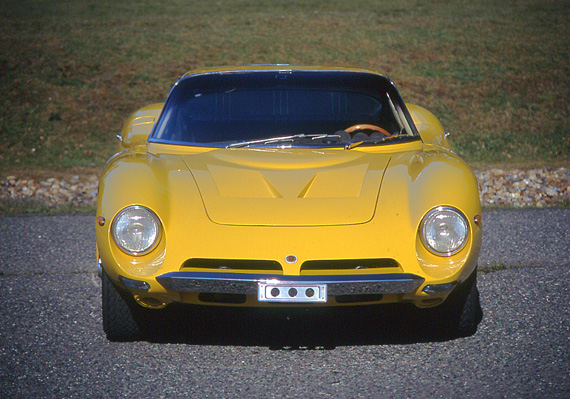
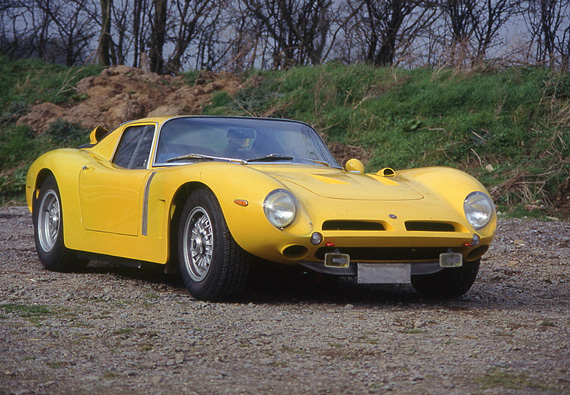
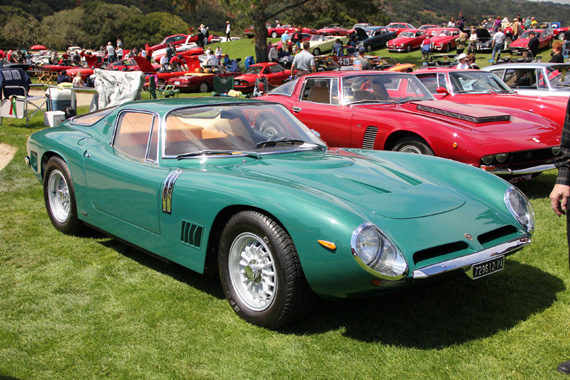

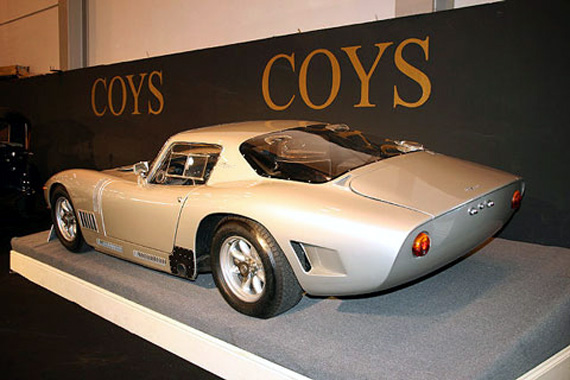
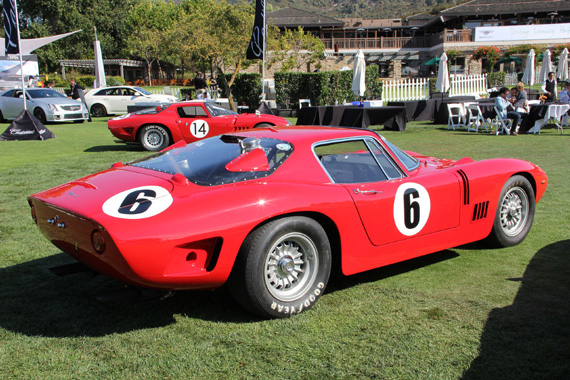
I remember seeing a white Strada at Parma Sportscars (near Cleveland,OH)in the summer of 1966(?) The car had the worst looking paint job on the alloy wheels-bright aluminum over corroded alloy. Never thought about serial #s in those days.I wonder if it is still out there and still white?
Lovely!!
Hope you’ll be talking about the ASA Ferrarina in the next article.
Here’s an interview of Giotto in French, 6 parts in total, very instructive!
Thomas
Oops,
Here’s the link: http://www.youtube.com/watch?v=skwpOefYSAw
http://www.classicscars.com/
Hi, We had the chance of working with L’Ingegnere and created a watch together with Giotto Bizzarrini – he is a true engineering genius and one of the rare personalities that have written car history. We are truly honoured by our partnership.
Take a look at http://www.scalfaro.com/gto/ for an idea of this extraordinary timepiece.
Hi, contrary to what Mr Earl wrote in my 15 years of research I never found 2 genuine Bizzarrini’s with the same chassis number stamped. Always one of the two had a very questionable history. So I very much doubt that Bizzarini himself stamped these “double numbers”.
I agree with Jack double number stamps didn’t come out of the factory. The story that was told by the people making the replica’s was that Bizzarrini would double stamp the cars to evade taxes, but this is false.
IMO these cars are not easy to fabricate, yes they do share parts with the Iso cars but the design of the front and rear of the 5300 Strada’s chassis is all Bizzarrini. The Bizzarrini’s chassis is very similar to how a E type Jaguar is built, the center section is boxed similar to a Iso Grifo and the front and rear are tubular steel with aluminum or fiberglass body.
These cars were built to race and many of the parts are a very tight fit, they are not easy to fabricate or assemble.
All I can say is that one of those Bizzarinis found its way in Malta in years of 1970 or so. Later it had engine problems, it was dismantled and many parts were lost as the car moved from one shop to another. after about 3 years a friend of mine bouth the car and parts which I had to rebuild to identify the missing parts and put a details parts list for the V8 Corvette engine of 327 cu.inch capacity. According to the manufacturer’s handbook this American engine developed 375bhp, very attractive for its time. The car was a super car and it did 92 mph in 2nd gear. i still remember the sheer power of this special rare car. Just fantastic.
I bought a disassembled Bizzarrini in the Los Angeles area from a man who had a house in SF and a house in LA and couldn’t decide where to live so he sold the house in LA and had to sell the car all apart. As I inspected it I notice it had a different chassis number inside the door than that elsewhere on the car. I didn’t record either number but the next buyer –Bill DeCarr–seemed not bothered by that,though I worried it might have been the crashed car from Sebring, repaired by putting two cars together. But I think that was a race car, this was a street car. DeCarr then tried to put Ferrari 275 headlight surrounds on it but the next owner rectified that. You can’t stop them customizers!
I also bought a Bizzarrini in Ohio, I think it was light yellow but could have been white. It was parked outside in a storage lot where the weather could take its toll. I think it was merely good for parts when you saw the rust underneath the alloy body. I think I took a check for about $32,000 but the guy that owned it was of such dubious net worth that the local bank was loathe to think the check was real!
Does the Malta car have a serial number?
My friend and the famous Hollywood stunt driver loved them, he was the only guy I knew that had one ( more than 1 as I reacall) back in the late ’60s. I never drove one but went around the track at Riverside Raceway in the right seat with Carey one afternoon after shooting a scene for a Bruce Geller (MI) show at CBS.
Quite a ride…I did not like the car.
http://www.flickr.com/photos/41618015@N08/3831655218/
Paul
The Sebring car was a race car it was a factory Iso A3C, not a Bizzarrini Strada. The car was completely finished in Los Angeles after the Sebring accident . The project was started by Max Balchowsky then sold to Ed Niles and then to a body shop owner. It was in the hands of the body shop owner that the car was completed, it had a few special traits that no other A3C or Bizzarrini’s had. I have been looking for the Sebring car for the past 5-6 years and in my quest I found the original engine. I believe that the car is still in the Los Angeles area, that is where the engine was found. There wee a number of Bizzarrini’s in the LA area that were crashed most belonged to Corey Loftin at one time or another.
Carey had three Bizzarrinis, I think one was a fiberglass America. That one was green. When it caught fire, he sold it very cheap, around $4000 fearing he couldn’t get another windshield (cracked in the fire). I bought the pale yellow one with brown uncompleted re-upholstery job when he lived in Huntington Beach Back when he was still a stunt driver, he would drive them round the valley and park them outside bars and movie directors he met as a result of the car would figure–if the guy could handle a car like that, he could damn well do anything in a car.! And they were right.
Unless Carey Loftin owned 2 green Bizzarrinis, the green one wasn’t on fire. 0286 was originally red and then metallic green as seen on the cover of a magazine (Sports Car Prices?) when Carey owned it. That is also the car in the opening credits of Bullit. At some point it was painted the burgundy/root beer color it currently is; likely after a minor collision where the nose was damaged. It is not an America as it was badged, it is an alloy-bodied Strada. In 2011 it joined a collection in Canada where it currently resides. While it’s been painted, it is one of only a handful of unrestored Bizzarrinis left on the planet.
I saw a green Bizzarrini in a wrecking yard for sale in LA in the early 80’s. It had had an engine fire that burned the cowl and cracked the windshield. It was winter and it was full of water because the windows were down when the fire started. My memory is that the ask was $7,000. There was a burned and stripped Gullwing there, as well.
Does anyone know what happened to that car?
I believe the car with the engine fire was found and is now being restored.